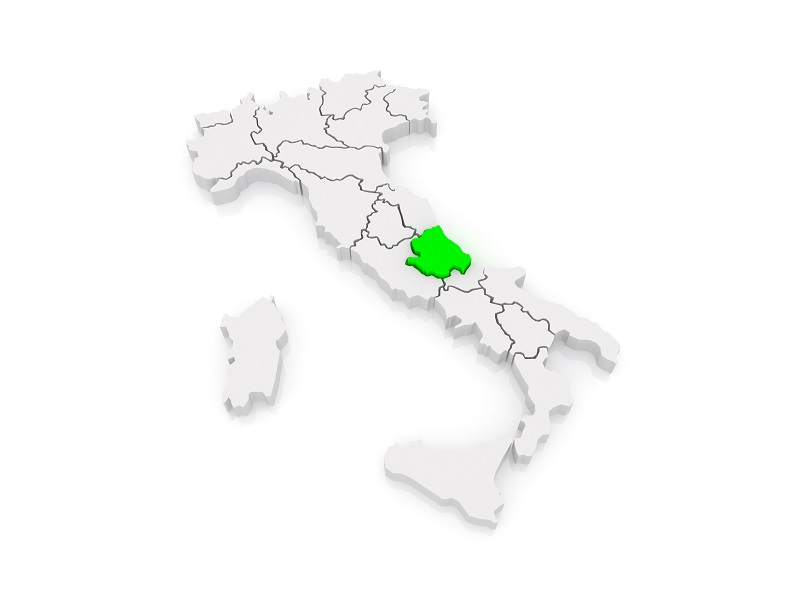With dramatic mountains, an abundance of natural areas, medieval villages, and a world-renowned wine region, Abruzzo is a central Italian region with a lot to discover.
Abruzzo is known as “the green lung of Italy” and “the greenest region in Europe” because almost half of its territory is designated as national parks and nature reserves. And anyone who loves the great outdoors will fall in love with everything that Abruzzo has to offer.

Where to Go
National Parks & Nature Reserves – Abruzzo is home to three national parks and 38 nature reserves, which offer wonderful places to hike, ski, mountain bike, horseback ride, and trek. This is a great way for visitors to reconnect with nature and get active while travelling through the region.
L’Aquila – Visitors can find a diverse range of artistic and cultural experiences in L’Aquila, the region’s capital. It is home to a repertory theatre, fine-arts academy, symphony orchestra, and film institute, and is also situated on the side of the picturesque Gran Sasso massif.
Abruzzo’s Wine Region – Abruzzo has a long history of wine production that is influenced by the region’s rugged and mountainous terrain. Some of its most highly-rated wines come from the hillside vineyards in the northern provinces, while the bulk of production takes place in the province of Chieti. While visiting, make sure to try Montepulciano d’Abruzzo, which is a widely exported and beloved DOC wine.
Medieval Villages – The hilltop city of Chieti is among the most ancient cities in Italy, and Vasto – a town with pre-Roman origins – is a beautiful seaside destination with an impressive 18th century cathedral and 19th century castle.
When to Visit
The coastal areas of Abruzzo experience hot summers and mild winters, while the areas in the Appennine Mountains are cooler with significantly more precipitation. It is truly a “year-round” destination, however if you’re looking to enjoy some skiing, then the best time to visit is between December and March.
Abruzzo stretches from the Appennine Mountains to the Adriatic Sea, and while it may be one of Italy’s less-visited regions, it is a fascinating and gloriously green part of the country that is most definitely worth exploring.
